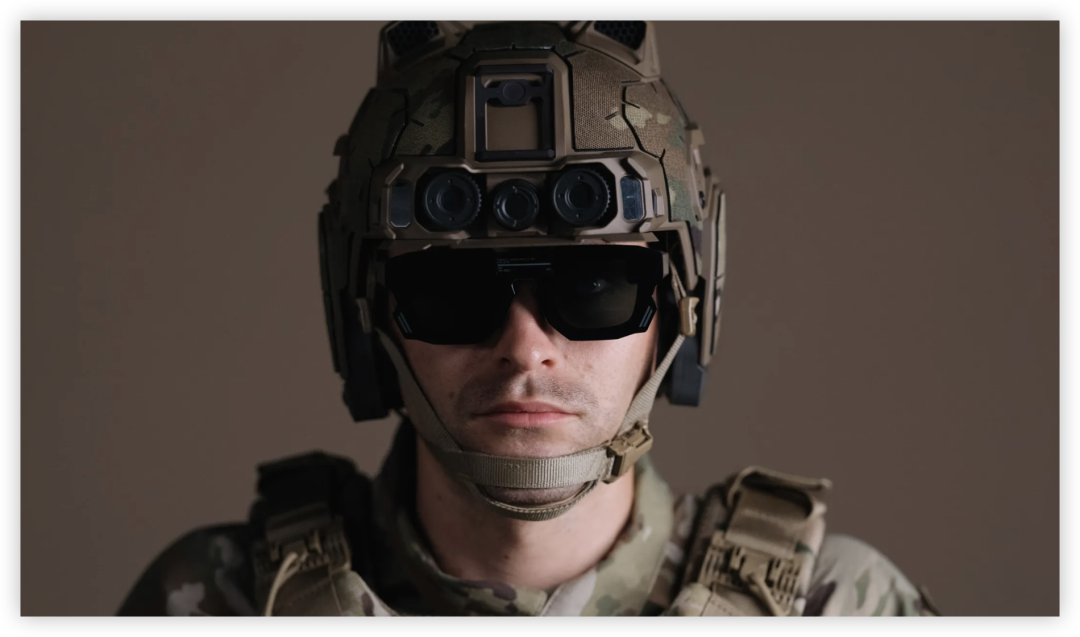Oculus Founder Returns to the Battlefield: This XR Helmet Gives Soldiers ‘Superhuman Vision’

What happens when AI’s intelligence meets XR’s immersive power on the battlefield? Palmer Luckey—the legend who led Oculus to its peak—is writing a new chapter in defense technology through his company Anduril. Their latest creation, the EagleEye military extended reality (XR) headset, is redefining our imagination of future warfare.
Imagine this: a soldier puts on the helmet and the world is instantly overlaid with intelligent information. Friend–foe posture, target identification, drone perspectives—all key data appears with cinematic precision. This is not distant fantasy, but the reality EagleEye is about to deliver. As a core component of the U.S. Army’s Soldier-Borne Mission Command (SBMC) system, EagleEye not only picks up where Microsoft’s HoloLens IVAS struggled, but—together with Meta—aims to give frontline soldiers capabilities beyond human senses.
EagleEye’s debut is disruptive by design. It is not just a display; it is a full military helmet with integrated ballistic protection. For daytime operations, soldiers can select a transparent AR module that overlays information without obstructing vision; for night strikes, they can switch to a passthrough mixed reality mode akin to VR, seeing clearly even in total darkness. Remarkably, while providing top-tier protection, the helmet integrates spatial audio and RF sensing to elevate situational awareness across multiple dimensions.
EagleEye’s true “brain” is Anduril’s powerful Lattice network. This is not a single screen, but the nervous system of the entire battlefield. Lattice autonomously fuses vast data from all available sensors—whether from friendly headsets or drone reconnaissance—into a unified, real-time common operating picture. With AI-driven analysis, Lattice automatically identifies and highlights the most critical targets, granting soldiers “superhuman senses” to grasp the battlespace instantly and make faster, more accurate decisions.
Picture the fight: a persistent compass and mini-map live in the soldier’s view; friendlies in blue, hostiles framed in red—even when occluded—locked via skeletal tracking. When needed, the soldier can call up a drone’s overhead feed with heading and altitude, or task it for air support directly from the headset UI. At night, a single press switches seamlessly between low-light and thermal imaging—no camouflage can hide. As Palmer Luckey describes it: “We’re not giving soldiers a new tool—we’re giving them a new teammate. An AI partner embedded in the display. Decades ago this was just imagination; EagleEye makes it real.”
Anduril’s ambitions go further. They are working with Qualcomm to ensure formidable compute performance, and with Oakley and Gentex to push protection and optics to the limit. The U.S. Army has invested hundreds of millions of dollars, testing hundreds of prototypes alongside another vendor, Rivet. This is both recognition of Anduril’s technology and a signal that such advanced XR systems could field at scale in the coming years. The rocky path of Microsoft’s HoloLens IVAS provides cautionary lessons, but Anduril’s deeper collaboration with Meta and a more pragmatic, modular design philosophy may allow EagleEye to realize its full potential in combat.
EagleEye marks a milestone in the history of defense technology. It pushes AI and XR to the forefront of military application and forces us to rethink the shape of future conflict. As machine intelligence becomes a soldier’s “teammate,” the boundaries of human–machine teaming are redrawn. Built to empower warfighters and increase mission effectiveness, this technology also reminds us of the double-edged nature of military innovation. The bugle for the future battlespace has sounded—and EagleEye is a defining note in that opening movement.
分享文章
3篇相关文章
Experience Osaka with XR Bus! A Magical Osaka Dialect Immersive Journey!
2025-06-17
Hey everyone! Have you been seeing lots of posts about Osaka's delicious food and beautiful scenery lately? As a metaverse detective at the forefront of trends, I must tell you that to truly experience Osaka, just shopping and eating isn't enough! Today, I'm recommending an amazing 'secret weapon' - the XR Bus, taking you on an unprecedented magical Osaka dialect immersive journey!
The Evolution of Google Project Aura - The Next Revolution in AI Glasses!
2025-05-26
In the tech world, some products become instant hits while others fade away quietly. Ten years ago, Google Glass's brief moment in the spotlight left us with mixed feelings; today, Google is making a comeback with Project Aura, redefining our digital world with new intelligent concepts and AI technology.
Samsung ‘Moohan’ XR Headset Debuts: A Hardcore Showdown Reshaping the XR Landscape
2025-10-14
Samsung joins forces with Google and Qualcomm to launch the innovative ‘Moohan’ XR headset, taking direct aim at Meta and Apple and redefining competition with an unprecedented immersive experience.